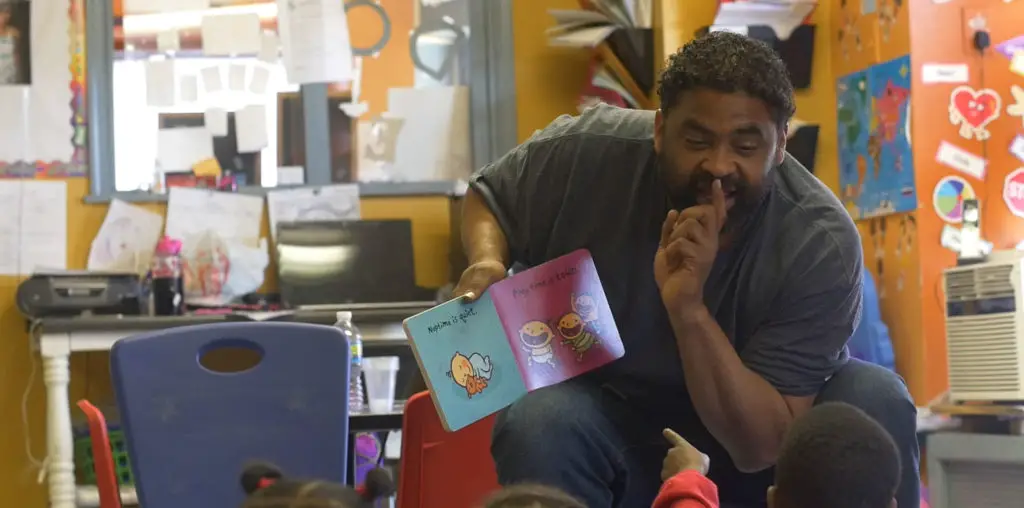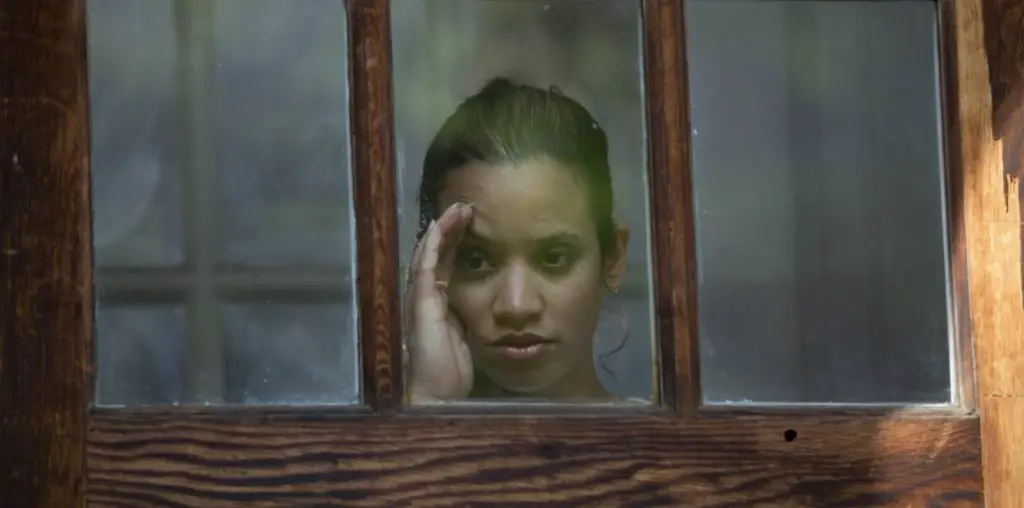
The Gaza Strip is a fairly tiny place: it is only 28 miles long and four miles wide. It is also fairly crowded: 1.2 million Palestinians live here, and roughly one-third of the population reside in refugee camps. It is also home to 6,000 Isrælis who have taken 30% of this area for themselves, complete with 24/7 security protection courtesy of the Isræli Defense Forces.
American filmmaker James Longley visited this area in January 2001 with the original plan of staying two weeks. He remained for three months and the result of his visit was “Gaza Strip,” a brutally effective documentary which provides a very rare glimpse into the lives of the ordinary Palestinian people who live under Isræli military occupancy. At a time when the Holy Land is wobbling on the brink of civil war, “Gaza Strip” provides a tragic overview into the daily challenge to stay alive in a war zone.
Told without narration and staying clear of any commentary by Palestinian politicians, “Gaza Strip” begins its focus on a circle of teenage boys lead by a 13-year-old newspaper street vendor named Mohammed. These boys are the new fuel in the on-going intifada: unschooled, angry, living in poverty, responding with crude slingshots hurling broken bricks at Isræli tanks which fire back with live ammunition. Mohammed recalls how a young friend was fatally shot in the head even though he was not involved in an intifada riot (the slain boy was gathering scrap metal from a buffer zone between the Palestinians and Americans).
The film then travels throughout the Gaza Strip, offering sequences which could rival Bunuel or Fellini–with a touch of Costa-Gavras thrown in. A tranquil beach becomes polluted with automobiles, horse-drawn carts and pedestrians following the Isræli blockade of a main road. Helicopters hover in the twilight sky and send rockets into apartment complexes, illuminating the night with brilliant bursts of fiery light while explosions shower the streets with chunks and fragments of destroyed buildings. Ambulances race furiously through ancient streets, bringing bloody adults and children into packed emergency rooms. An elderly woman, sitting in the drafty entrance of a refugee camp tent, tearfully recalls how the Isræli army bulldozed her house in retaliation for an attack on an illegal Isræli settlement in a neighboring town…an attack which the woman played no part in whatsoever. Victims of toxic gas canisters fired by Isræli troops writhe in convulsive pain on hospital beds, screaming at the top of their lungs while family and medical aides try vainly to restrain them. A child, no more than 10 years old, echoes the sentiments of his elders by happily chiming to the camera: “We want to beat back the Jews and kill them off” (and more than a few adults openly and joyfully share these sentiments with the camera).
As portrayed in this film, the Gaza Strip exists without any sense of Palestinian autonomy of self-government. No signs of the Palestinian Authority are anywhere to be seen, and even the youthful newspaper hawker Mohammed dismisses its leadership with the breathless comment: “Arafat is a spy — he’s taking it up the a*s.” The only leadership present here is medical: the tireless doctors, nurses, ambulance drivers and emergency medical technicians who face an endless skein of patients with an extraordinary variety of gunshot wounds, burns and mutilations from bombs (including, most horrifically, a dead child who innocently retrieved an Isræli bomb left as a booby trap in a pair of boxing gloves).
At no time does “Gaza Strip” present any Isrælis; aside from the brief glimpses of military vehicles and the familiar blue-and-white flag fluttering behind barbed wire enclosures, the Isræli people do not exist in this film. Also absent from the film is a bit of balanced history: while Isræl took military control of the Gaza Strip in 1967 following the Six-Day War, Egypt actually annexed the territory in 1948 in violation of the United Nations partition of the region and denied the Palestinian people their right to self-determination. No mention of Egypt’s illegal occupation of this area is cited in this film.
Nonetheless, “Gaza Strip” deserves merit and attention for bringing the message of the Palestinian people to a camera and microphone. Nearly all of the current news coverage of the Middle East has focused on the military and political combatants in this never-ending conflict. By turning attention on the average people of the Gaza Strip, this film gives a face and voice to the seething population with a tragic and bitter story to tell. “Gaza Strip” is the rare vehicle which gives the Palestinian people (rather than their failed, double-talking leadership) an opportunity to speak freely and openly, and that feat in itself makes this one of the most important documentaries of recent times.

